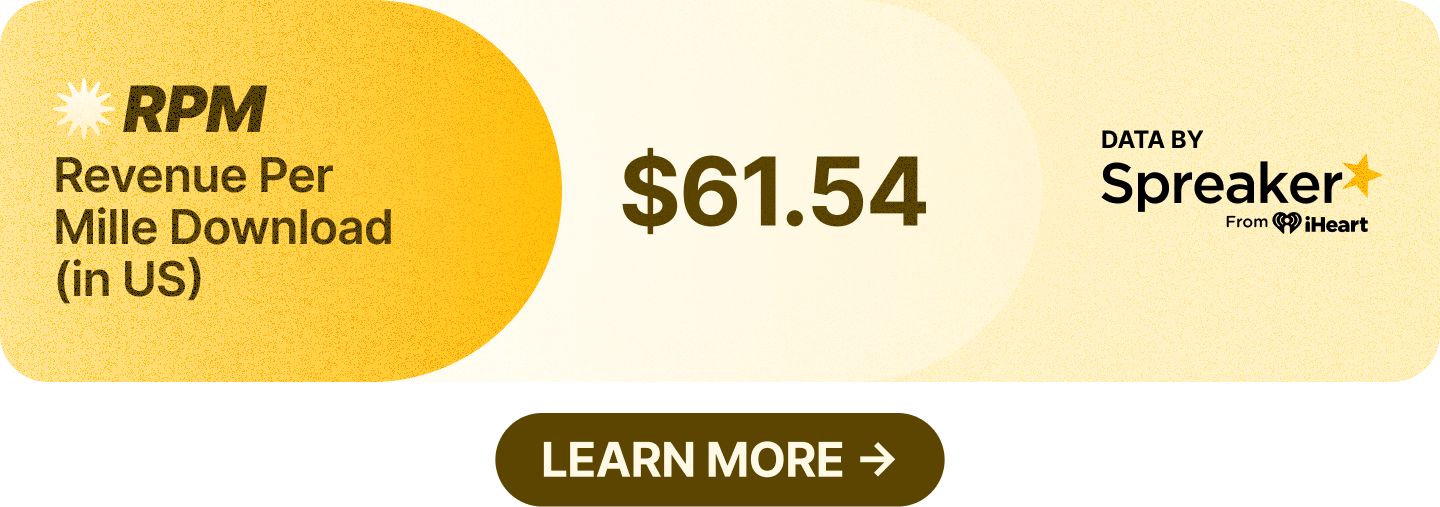How to Conduct an Audience Survey with Gumball’s Latest Feature by Dane Cardiel
Gumball is launching a new Audience Surveys tool. Gumball podcasts will be able to create a bespoke webpage for collecting survey responses, use a Gumball-provided script to record a podcast ad promoting the survey, and insert custom questions to get important information from a show’s audience. Dane Cardiel, VP of Creator Partnerships at Gumball, explains why surveys are a powerful data collection tool, proven methods for getting useful responses, and examples of good questions that provide actionable data. Sounds Profitable has long championed the utility of audience surveys and it’s promising to see platforms like Gumball building them in as a native data collection tool.
The article looks at the harsher climate for both brands and news media since the turbulence of the 2016 election, a time when wider adoption of social media led to more successful threats of organized boycotts of brands running ads against brand-unsafe content/politically-charged programs. Attempts to course-correct in the following years have led to a wide adoption of keyword and topic blacklists that blackball even the most brand-safe news media. One particularly egregious example cited is TIME’s Person of the Year cover feature for Taylor Swift. TIME CEO Jessica Sibley said the piece was deemed brand-unsafe because it contained language related to feminism and the word ‘torture’ (Swift’s latest album being The Tortured Poets Department). Brand safety tools are valuable, but the wider industry needs a re-alignment of values and strategy if even news-adjacent media is to survive long-term.
Reverse engineering of the current Instagram build has discovered a feature indicating further collaboration between Spotify and Meta. The Instagram note feature, effectively a modernization of the AOL instant messenger Away Message, has an unreleased feature that can display what songs a user is listening to on Spotify in real time. There is currently no indication if the collaboration will also display which podcasts a user is listening to.
Since the launch of ads on Netflix, CPMs (cost per thousand impressions) for Netflix ads have gone from $60 with a focus on luxury brands, to around $29 today. While the price is comparable to competitors like Amazon, those same competitors have far more reach. One theory as to why Netflix has since made the decision to leave Microsoft’s ad server to build their own in-house is a strategy shift: if Netflix can’t compete on scale, it can focus on targeting and impact. A crucial piece of the puzzle to making that strategy work is tech to dynamically insert targeted ads into special events, like live football games.
As for the rest of the news…
- Lower Street has announced Lower Street Office Hours, a free monthly virtual Q&A
- Jeff Vidler for Signal Hill Insights explains why motivated listeners are the best for podcasters to court
- Amplitude Media Partners has brought on Jessica Scarlett as its Director of Financial Operations
- Garrison Dua of The Drum shares why privacy is so important in digital advertising targeting















































































































































































































